A cluster of 64 superfluid helium atoms mimic properties similar to a Black hole. Could this lead to the formation of a unified Quantum Gravity theory?



After two decades of trying, physicists at CERN have reported the first ever measurement of the light emitted by an antimatter atom, revealing that antihydrogen is the exact mirror image of regular hydrogen.
The result, which finally confirms what has long been predicted by the laws of physics, opens up a new way of testing Einstein’s special theory of relativity, and could help us answer one of the biggest mysteries in modern physics — why is there so much more regular matter than antimatter in the Universe?
“This represents a historic point in the decades-long efforts to create antimatter and compare its properties to those of matter,” theoretical physicist Alan Kostelecky from Indiana University, who was not involved in the study, told NPR.
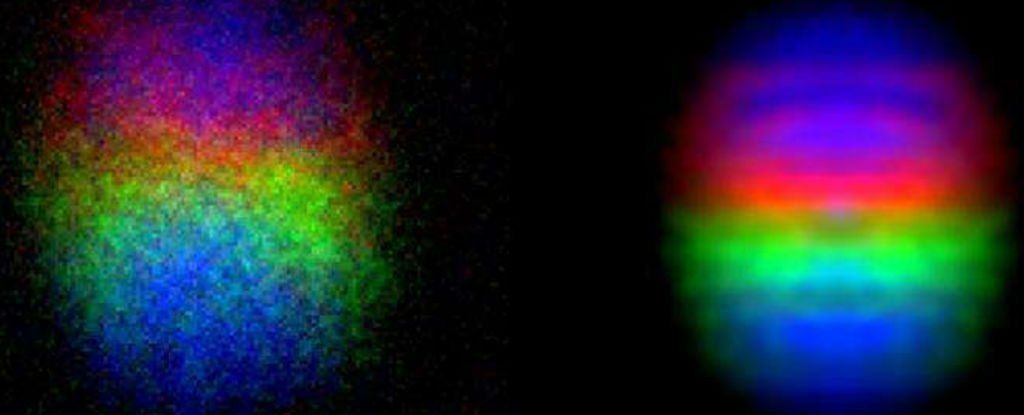
Of the many ‘white whales’ that theoretical physicists are pursuing, the elusive magnetic monopole — a magnetic with only one pole — is one of the most confounding.
Compared to the Higgs boson in terms of its potential impact on modern physics, the magnetic monopole has been on scientists’ minds for even longer. And now our best shot at finding it just got weird — two phenomena that resemble the magnetic monopole have become one.
If you’re unfamiliar with the magnetic monopole, it’s a hypothetical particle that’s long been predicted by quantum physics, but no one has ever been able to prove that it exists.

Quantum computing and the blockchain both get plenty of attention in 2017, and now researchers in Russia have combined the two to create what they claim is an unhackable distributed-ledger platform.
The new technology, described as the “first quantum-safe blockchain,” promises to make it secure for organizations to transfer data without the fear of hacking from even the most powerful computers, in this case, the emerging field of quantum computing. Quantum computers make use of the quantum states of subatomic particles to store information, with the potential to do some calculations far faster than current computers. There’s some dispute whether we have actually reached that point yet, but companies such as Google Inc. are promising that true quantum computing is just around the corner.
“Quantum computers pose a major threat to data security today and could even be used to hack blockchains, destroying everything from cryptocurrencies like bitcoin to secure government communications,” a spokesperson for the Russian Quantum Center told SiliconANGLE. “Because quantum computers can test a large number of combinations at once, they will be able to destroy these digital signatures, leaving the blockchain vulnerable.”

Here’s a write-up of Moogfest that has a section dedicated to the Immortality Bus and transhumanism:
The ExitEvent team is all hands on deck for the next four days as we try to capture all the cool stuff going on in downtown Durham for Moogfest. We’ll post photos, videos, stories and soundbites as we get them. Feel free to submit your own captures as well!
Thanks for following along!
(photo above, credit to Moogfest)
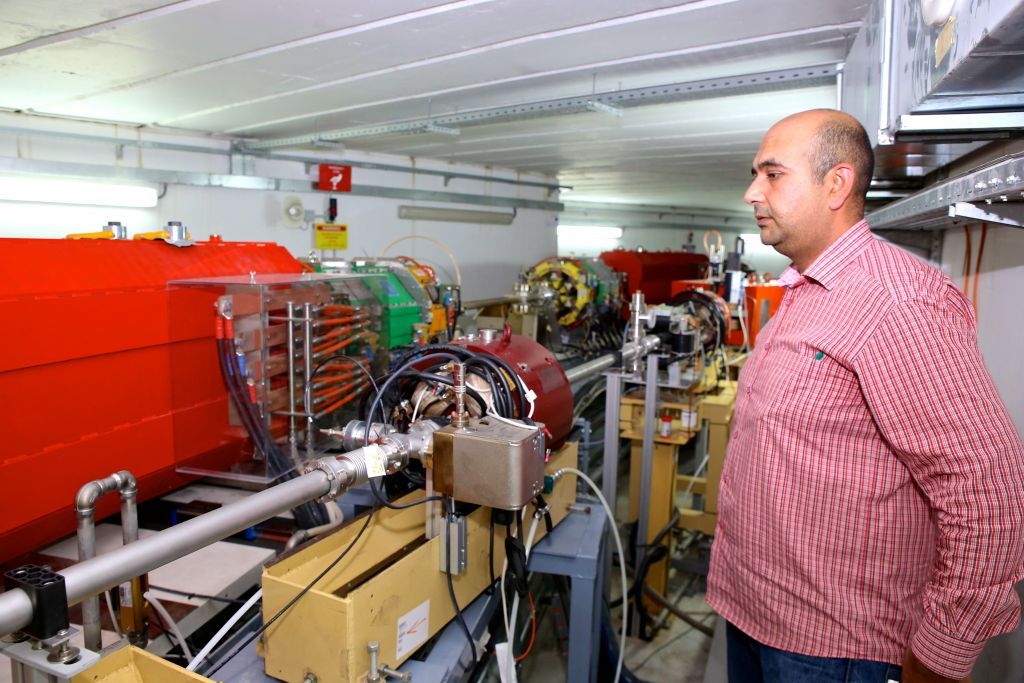
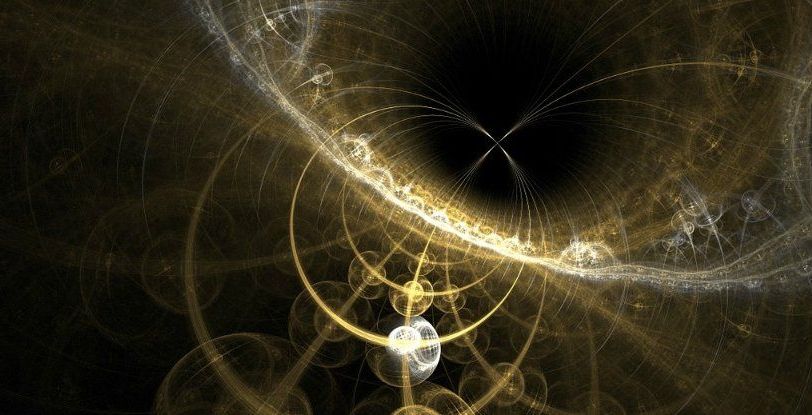
Quantum communication is a strange beast, but one of the weirdest proposed forms of it is called counterfactual communication — a type of quantum communication where no particles travel between two recipients.
Theoretical physicists have long proposed that such a form of communication would be possible, but now, for the first time, researchers have been able to experimentally achieve it — transferring a black and white bitmap image from one location to another without sending any physical particles.
If that sounds a little too out-there for you, don’t worry, this is quantum mechanics, after all. It’s meant to be complicated. But once you break it down, counterfactual quantum communication actually isn’t as bizarre as it sounds.
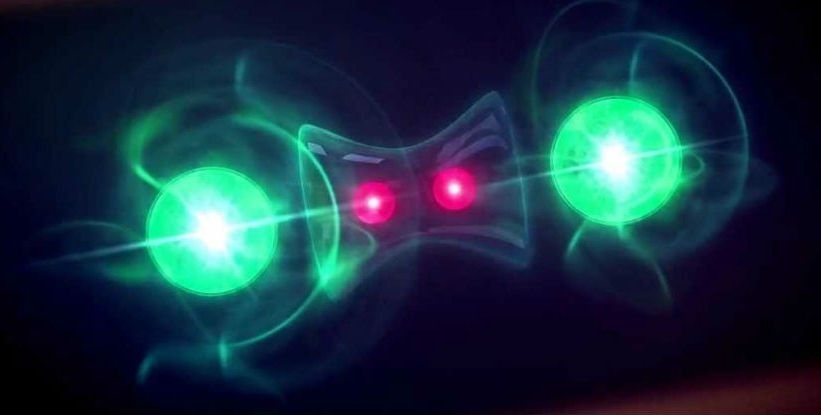
For the first time, scientists have subjected quantum entanglement to extreme levels of acceleration, and there’s nothing fragile about this “spooky action at a distance” - it’s way more robust than we thought.
In recent experiments, entangled particles held firm even while being accelerated to 30g — 30 times Earth’s acceleration — and the results could have a big impact on our search for a unified theory of modern physics.
“These experiments shall help [us] unify the theories of quantum mechanics and relativity,” says one of the team, Rupert Ursin, from the University of Vienna, Austria.
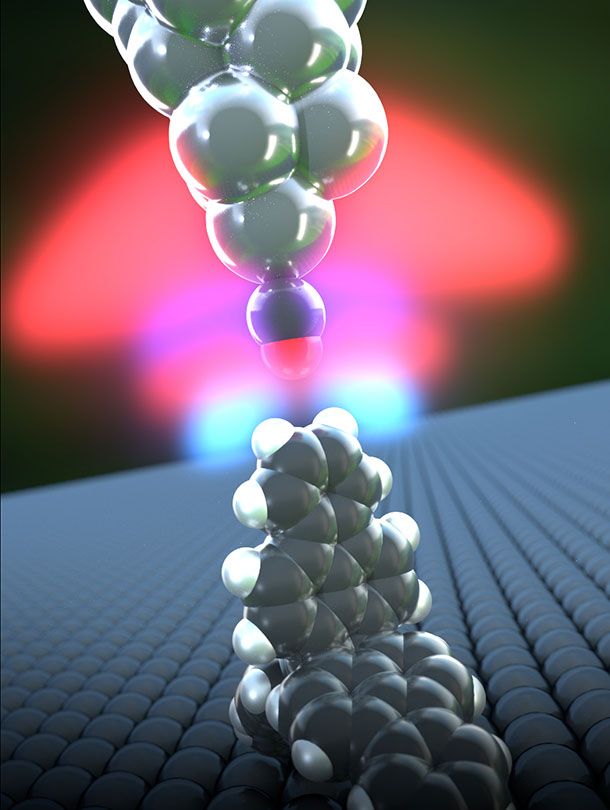
For the first time, scientists have succeeded in studying the strength of hydrogen bonds in a single molecule using an atomic force microscope. Researchers from the University of Basel’s Swiss Nanoscience Institute network have reported the results in the journal Science Advances.
Hydrogen is the most common element in the universe and is an integral part of almost all organic compounds. Molecules and sections of macromolecules are connected to one another via hydrogen atoms, an interaction known as hydrogen bonding. These interactions play an important role in nature, because they are responsible for specific properties of proteins or nucleic acids and, for example, also ensure that water has a high boiling temperature.
To date, it has not been possible to conduct a spectroscopic or electron microscopic analysis of hydrogen and the hydrogen bonds in single molecules, and investigations using atomic force microscopy have also not yielded any clear results.

For an empirical science, physics can be remarkably dismissive of some of our most basic observations. We see objects existing in definite locations, but the wave nature of matter washes that away. We perceive time to flow, but how could it, really? We feel ourselves to be free agents, and that’s just quaint. Physicists like nothing better than to expose our view of the universe as parochial. Which is great. But when asked why our impressions are so off, they mumble some excuse and slip out the side door of the party.
Physicists, in other words, face the same hard problem of consciousness as neuroscientists do: the problem of bridging objective description and subjective experience. To relate fundamental theory to what we actually observe in the world, they must explain what it means “to observe”—to become conscious of. And they tend to be slapdash about it. They divide the world into “system” and “observer,” study the former intensely, and take the latter for granted—or, worse, for a fool.
A purely atomic explanation of behavior may be just that: an explanation of what atoms do. It would say nothing about brains, much less minds.